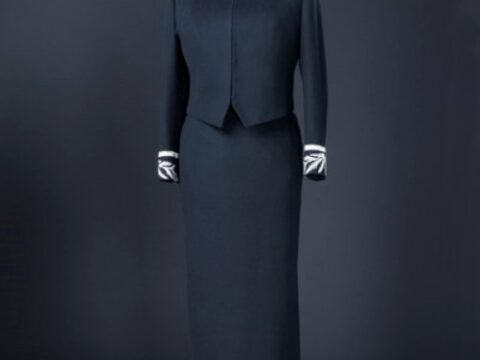Social Justice and Human Rights
Pathways
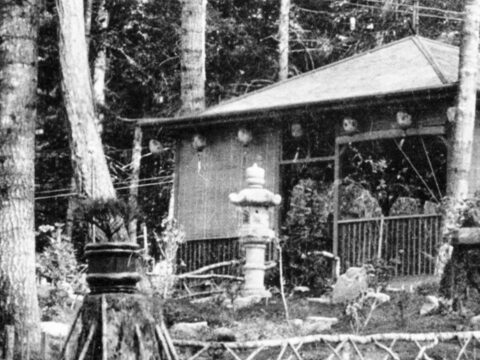
This pathway examines the displacement and dispossession of thousands of Japanese Canadians in Canada in the 1940s.
View Pathway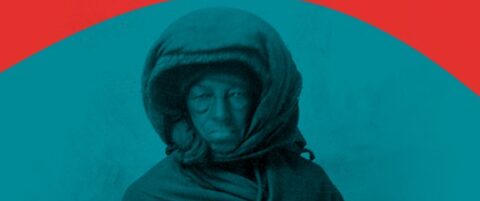
1In 1 playlists
This pathway is connected to the exhibition Hope Meets Action: Echoes Through the Black Continuum. The exhibition and pathway explores the connections between historical and contemporary Black experiences throughout BC.
View Pathway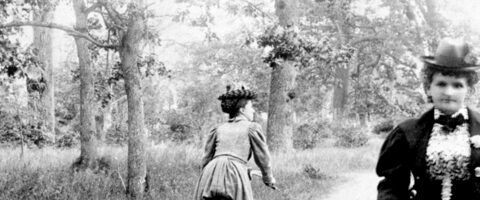
3In 3 playlists
Hannah Maynard was an early expert in experimental photography. In the mid-1800s, she started capturing portraits of Victoria’s early settlers and Indigenous communities. With explorations of multiple exposures and photo sculpting, she experimented with surrealism years before its time.
View Pathway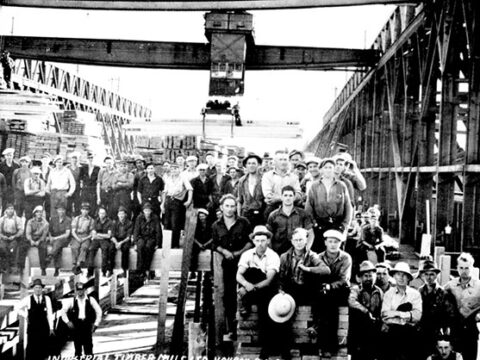
7In 7 playlists
Explore interviews from the Centre for Indo-Canadian Studies at the University of the Fraser Valley. Learn more about the experiences of early Punjabi immigrants to Canada.
View Pathway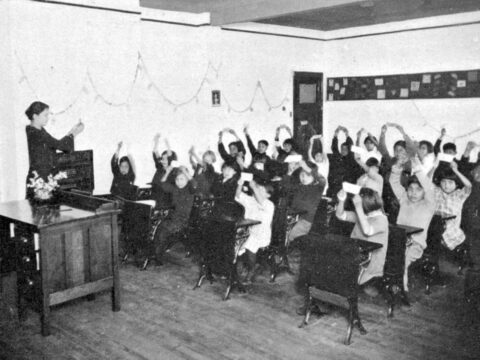
6In 6 playlists
How do we reconcile past wrongs? Look at documents and objects from the Royal BC Museum’s ethnology collection and archives to learn about the effects of Indian residential schools and think about how we can reach reconciliation.
View Pathway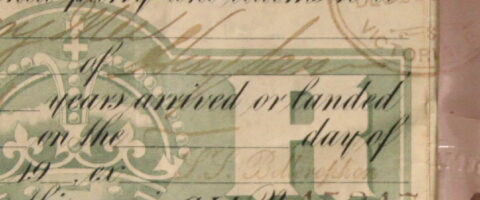
5In 5 playlists
Look into documents and artifacts from the Royal BC Museum and Archives to uncover how the Chinese Canadian community was treated in BC’s past.
View Pathway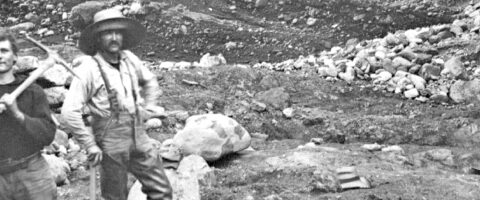
8In 8 playlists
Did you know that there has been a connection between China and BC for over 225 years? Explore the Royal BC Museum and Archives and use our collections to find out more about early Chinese Canadian history.
View Pathway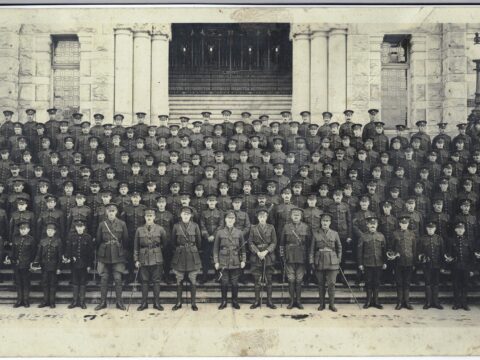
3In 3 playlists
It’s been more than 100 years since the beginning of the First World War. How can we now use artifacts, documents, and other primary sources to understand what life was like for people during this part of BC’s past?
View Pathway
1In 1 playlists
Explore the rich history of the people who learned and taught in St. Ann's Schoolhouse.
View Pathway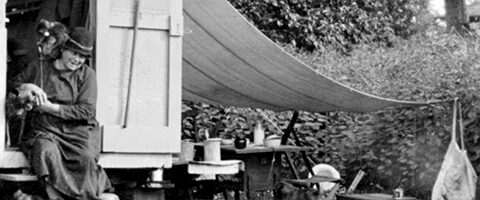
3In 3 playlists
Emily Carr is British Columbia’s most famous artist, but she was also a colourful woman who lived a life full of adventure. Learn about Emily’s love of animals and explore her life through some of the museum’s vast Emily Carr collection.
View Pathway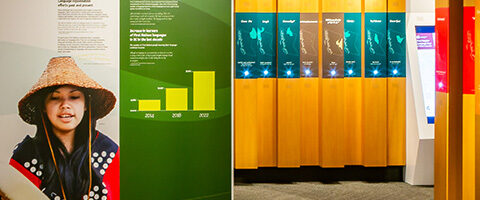
7In 7 playlists
Did you know BC is a language hotspot? Over 34 distinct indigenous languages are spoken here. Explore sounds, images, words and video about First Nations languages.
View Pathway
5In 5 playlists
American botanist Mary Gibson Henry collected plants in northeastern BC in 1931. Her pioneering journey was recorded on film. Lucky for us, BC Archives has a copy.
View Pathway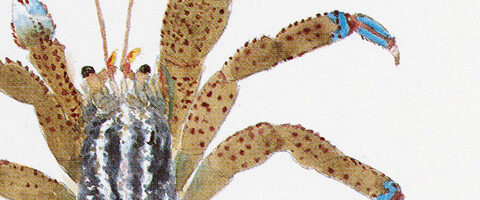
2In 2 playlists
With all the choices for recording images these days, the art of illustration is still valued by scientific researchers. Explore the work of gifted biologist and illustrator Dr Hart.
View Pathway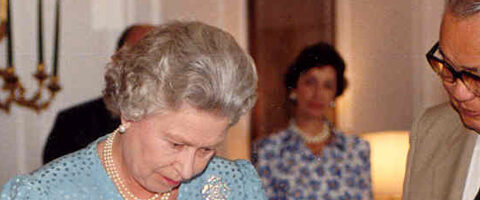
1In 1 playlists
The role of the British Crown in Canada is mainly ceremonial, but the lieutenant-governor still plays a key part in the governing of British Columbia.
View PathwayEntries
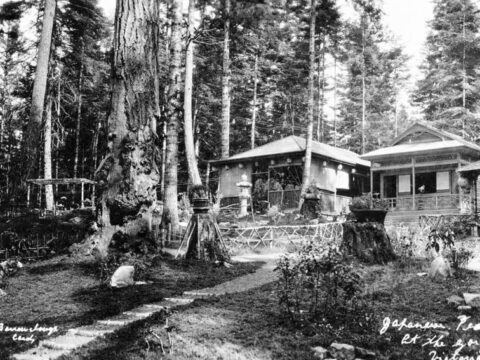
1In 1 playlists
Hayato Takata and Yoshitaro Kishida opened the garden on July 11, 1907. Two Takata brothers started to run the garden as a family business in 1922. The Takata family was interned in 1942. Their houses and the garden were vandalized and destroyed. The rest of their belongings were sold off by the government. [BC Archives-E-01902] Learn more about this image at BC Archives here.
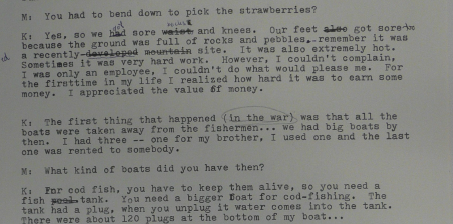
1In 1 playlists
Hideo Kokubo was interviewed in Vancouver in 1973 in a project by Reynoldston Research and Studies. He discusses life as a fisherman in BC in the 1940s and mentions how the government seized Japanese Canadian fishing boats during the Second World War. [BC Archives-AAAB8584] Learn more about this interview at BC Archives here.
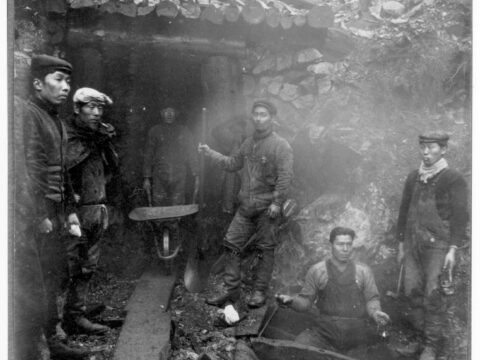
1In 1 playlists
The owner of the Ikeda Mine, Arichika Ikeda, died in 1939 but the ownership of his mine came under the jurisdiction of the Custodian in 1942. His wife, Kaoru Ikeda, interned in Slocan, was made to release her rights to the property as well as their family house. She died after four years of internment in the spring of 1946. [BC Archives H-04580] Learn more about this image at BC Archives here.
Media

Gold Rush of BC
Read
Journey to Freedom Day
Read
Escape to Freedom
Read
British Columbians Respond
Read
Gold Rush Worksheet
Read
Nsibe Puri
Watch
Nadeem Kulwant Parmar
Watch
This Week in History – Season 8 Episode 5: Language Revitalization
Watch
WWI Nurses
Watch
Truth and Reconciliation FINAL Lesson Plan
Read
Georgia
Listen
Jagger
Listen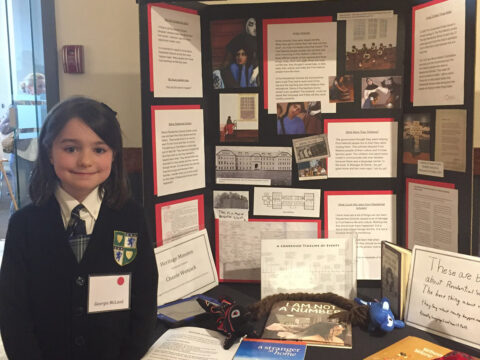
Georgia with Project
Look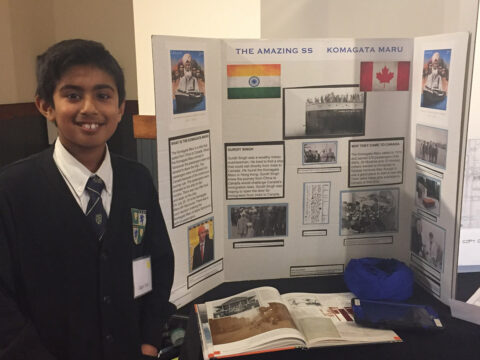
Jagger with Project
Look
Faith’s Video
Watch
Sehrtaj’s Video
Watch
Chinese Legacy in BC
Read
Shayli Robinson
Watch
Families_Secondary_0509
Read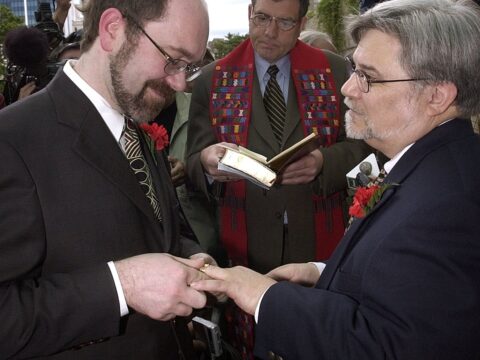
Equal Marriage Rights
Look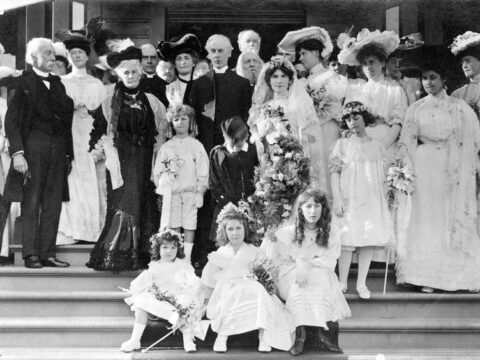
The Beanlands-Pemberton Wedding
Look
Lavina Lightbown interviewed by Imbert Orchard by RoyalBCMuseum
Listen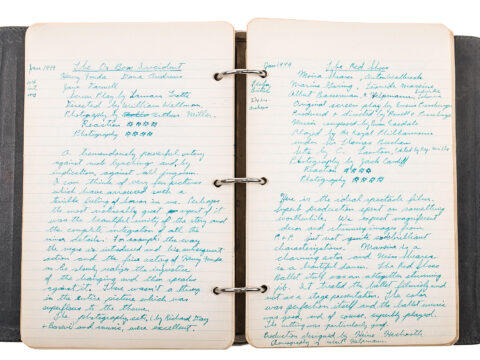
Journal open to show entries for The Ox-Bow Incident and The Red Shoes
Look
FINAL Sohan Singh Labh
Read
FINAL Amarjit Singh Heer
Read
This Week in History Season 4 Episode 14 Mary Gibson Henry
Watch
Secondary School lesson plan
Read
Elementary School lesson plan
Read
Amarjit Singh Heer
Listen
Sohan Singh Labh
Listen
Island of Voices by RoyalBCMuseum
Listen
Residential Schools Reading List
Read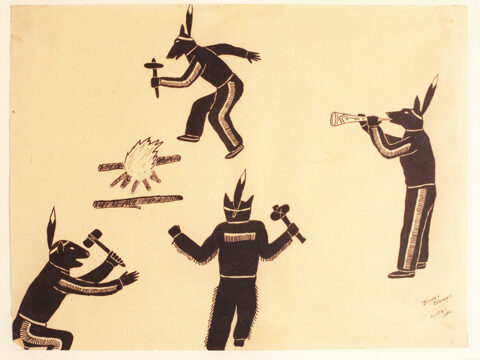
Dance
Look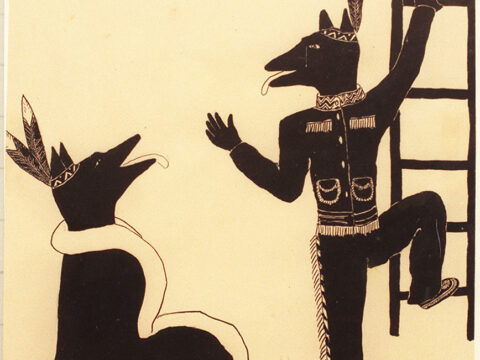
Mr. Coyote and Mrs. Coyote and their Magic Ladder.
Look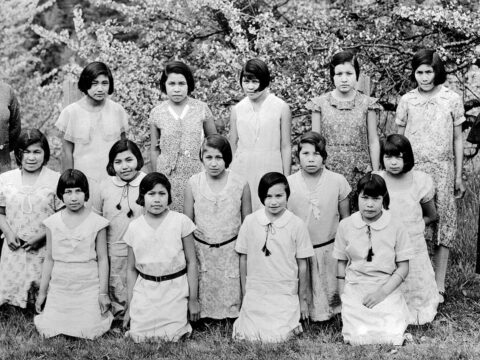
Alberni Indian Residential School, junior girls’ class.
Look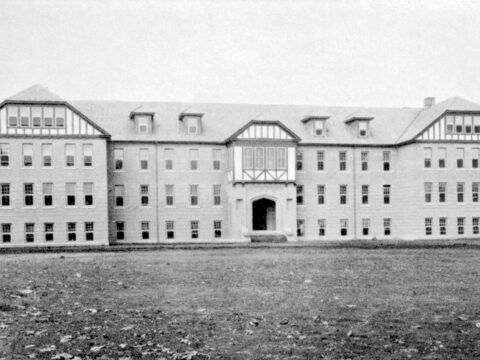
Coqualeetza Residential School, Sardis.
Look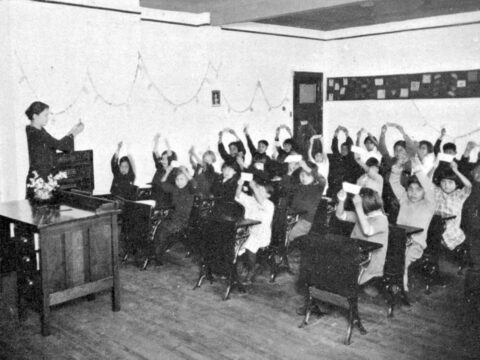
One of the classrooms at Coqualeetza Residential School, Sardis.
Look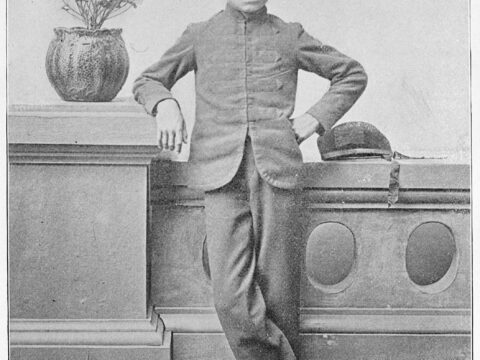
Thomas Moore after admission at the Regina Indian Industrial School.
Look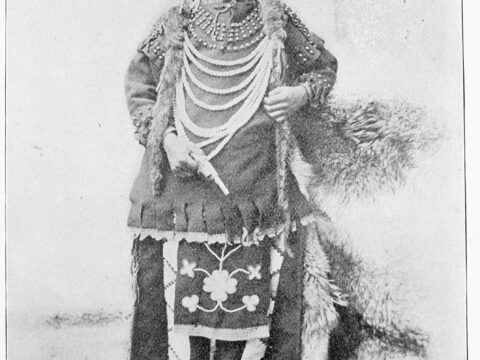
Thomas Moore, a Cree boy, as he appeared when admitted to the Regina Indian Industrial School in Saskatchewan, about 1897.
Look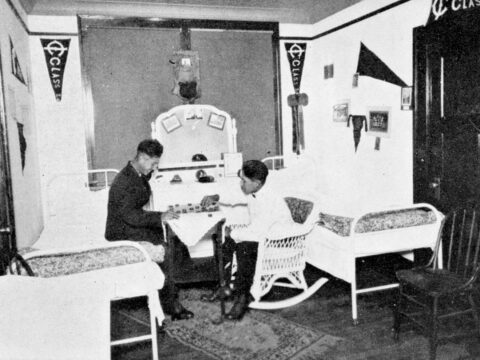
Senior boys’ room at Coqualeetza Residential School, Sardis.
Look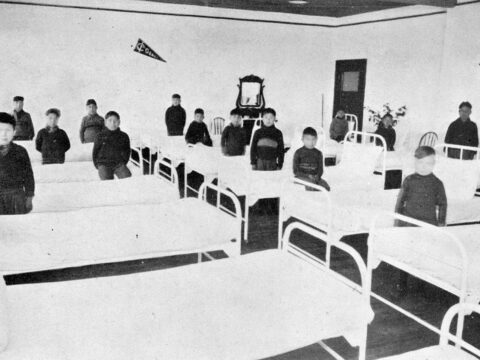
The little boys’ dormitory at the Coqualeetza Residential School, Sardis.
Look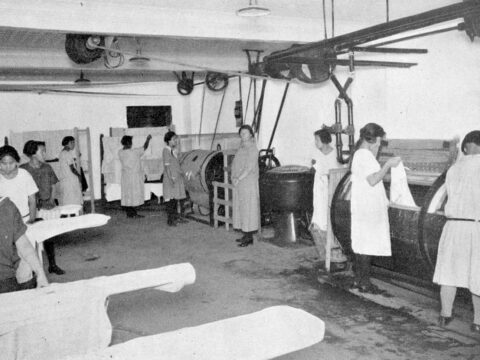
Residents of the Coqualeetza Residential School doing laundry, Sardis.
Look
Kamloops Indian Residential School
Watch
St. George’s Indian Residential School
Watch
David Lai at the Immigration Building
Watch
A Request for Wages Not Paid to Chinese Workers (1865)
Read
Dora Kloss
Listen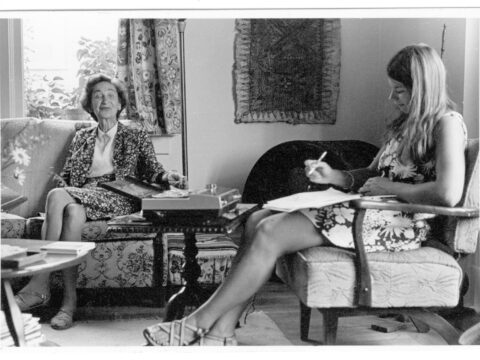
Mildred Fahrni
Look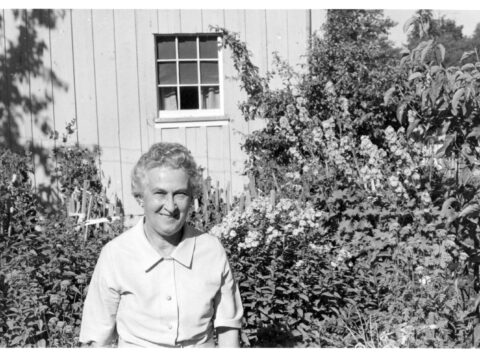
Dora Kloss
Look
Theresa Wolfwood
Watch
Canadian Women at War
Read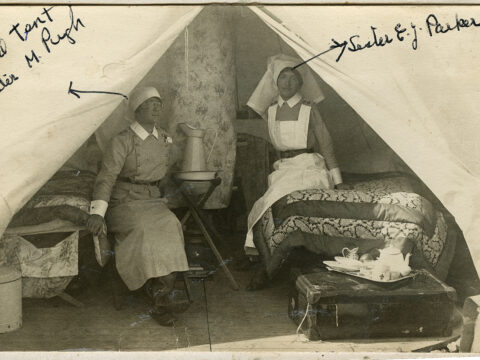
j-00771
Look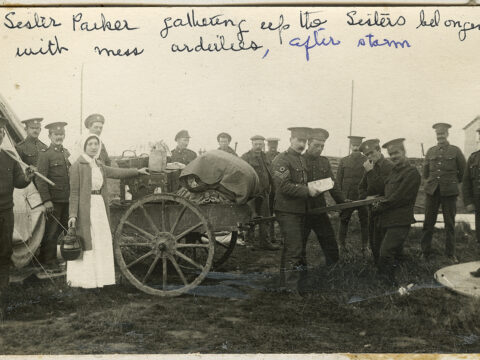
j-00770
Look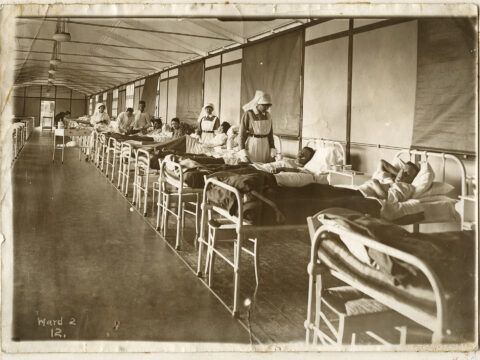
j-00767
Look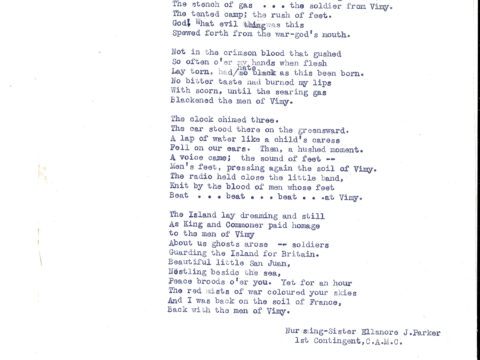
Poem by Ellanore Parker
Look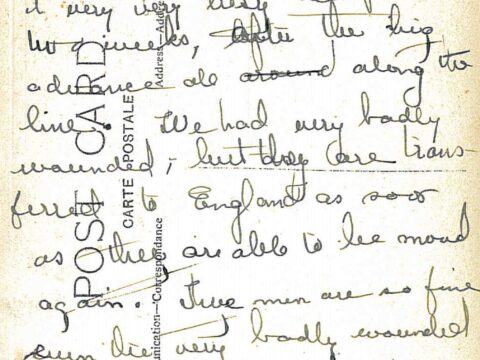
Back of postcard from Murney Pugh
Look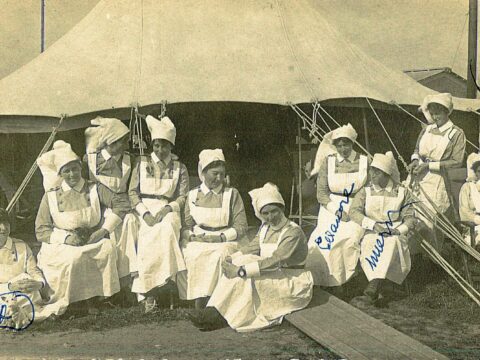
Postcard from Murney Pugh
Look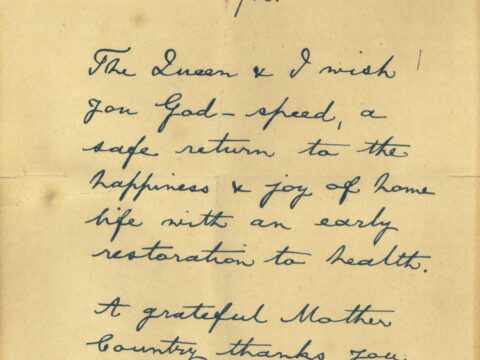
Letter from King George to Ellanore Parker, 1918
Look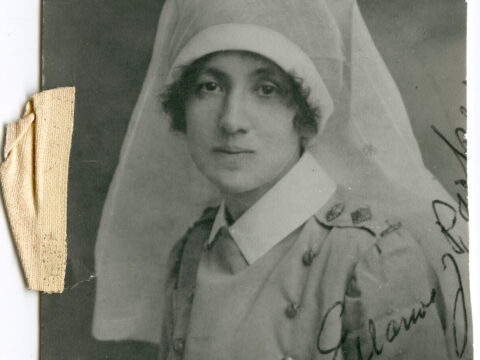
j-00772
Look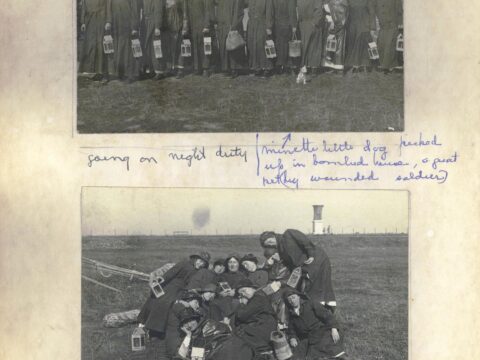
Nurses Before and After Night Duty
Look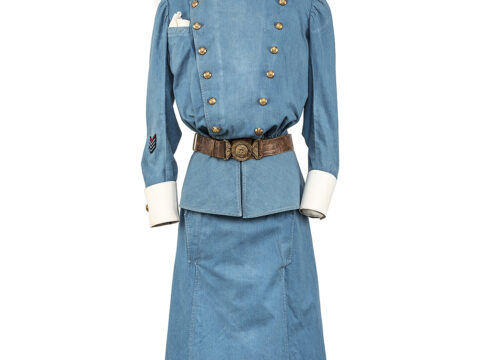
Nursing Sister’s Uniform worn by Murney Pugh during World War I
Look
Deportation_of_Chinese_workers_by_Penticton
Read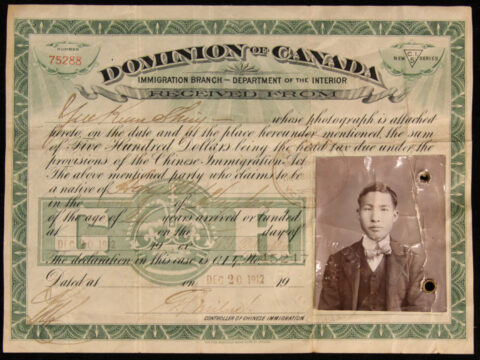
Look
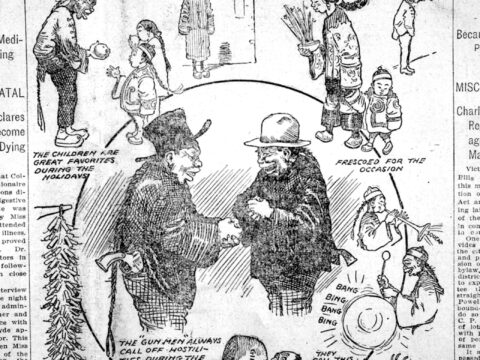
Look
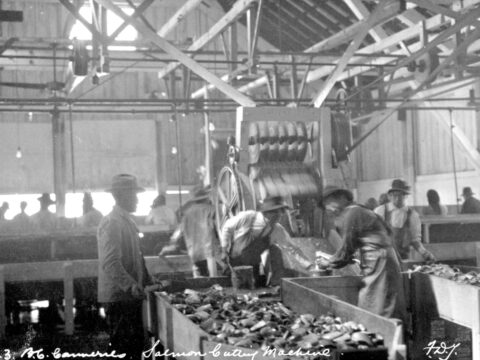
Look
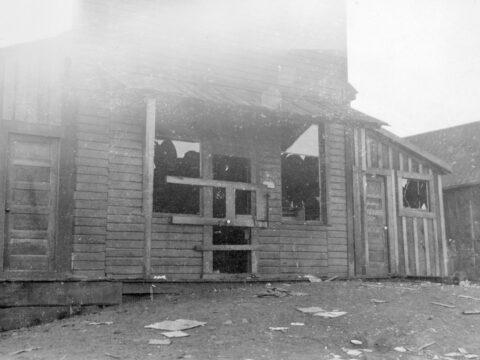
Look
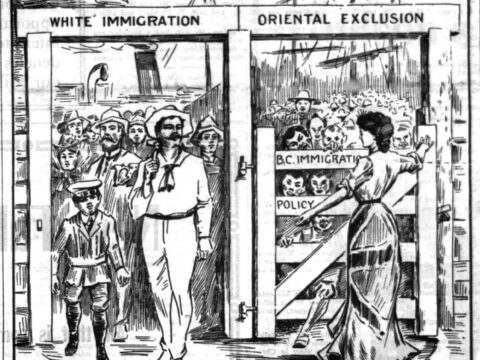
Look
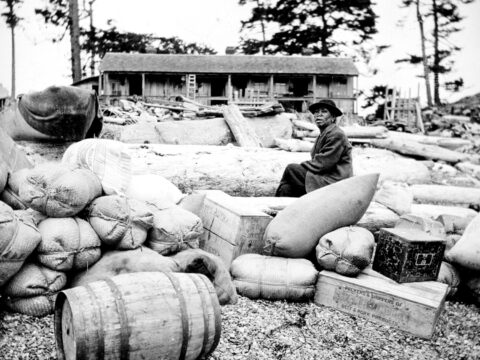
Look
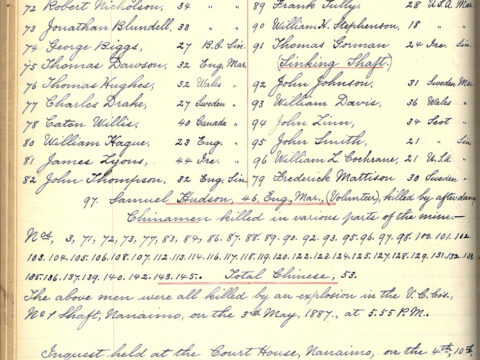
Look

Fred Soon Interview – Jobs & Education
Listen
Fred Soon Interview – Chinese Immigration To BC
Listen
Fred Soon Interview – Conditions Inside The Immigration Building
Listen
Fred Soon Interview – Detained at the Immigration Building
Listen
Fred Soon Interview – Getting to BC
Listen
english_apology
Read
GR-0429.3100
Read
act-respecting-chinese-immigration
Read
act-to-amend-qualification
Read
An Act to Regulate Chinese Population of BC
Read
An Act to prevent the immigration of Chinese (1884)
Read
An Act to prevent Chinese from acquiring Crown Lands (1884)
Read
A Request for Wages Not Paid to Chinese Workers (1865)
Read
A Chinese Coin to Raise Canadian Dollars
Read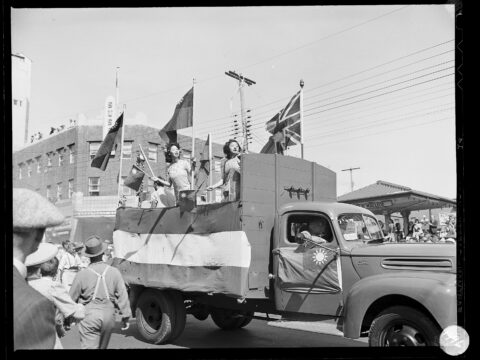
Look
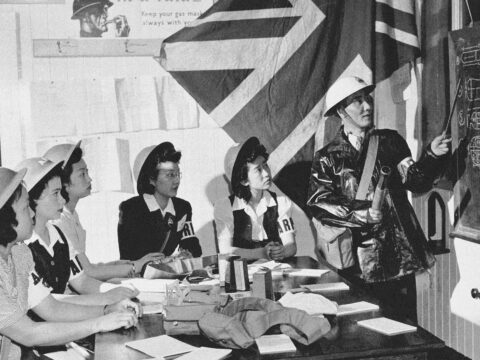
Look

Look
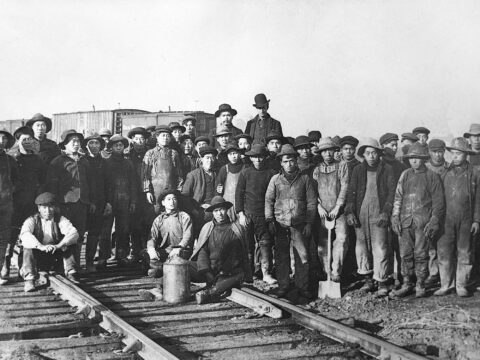
Look
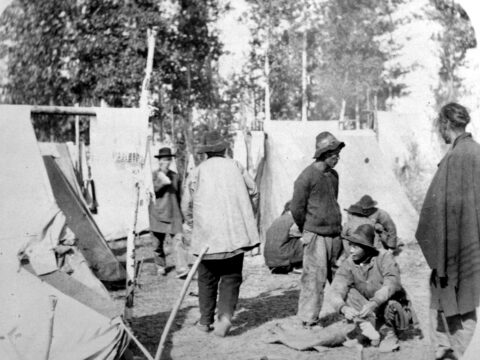
Look
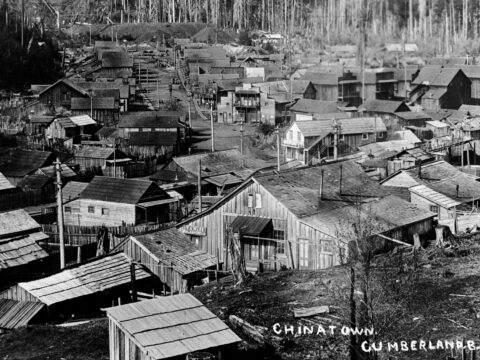
Chinatown – Cumberland
Look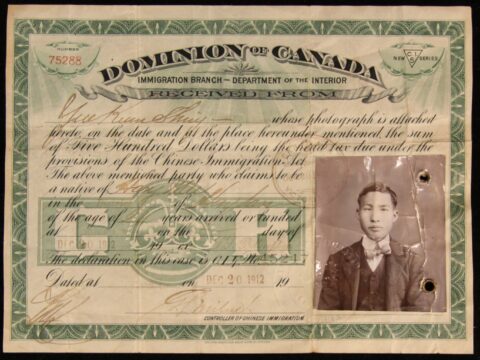
Chinese Head-Tax Certificate, 1911.
Look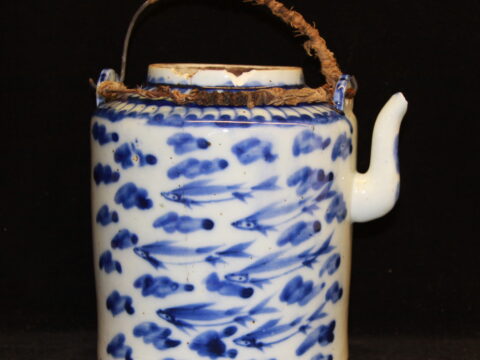
Look
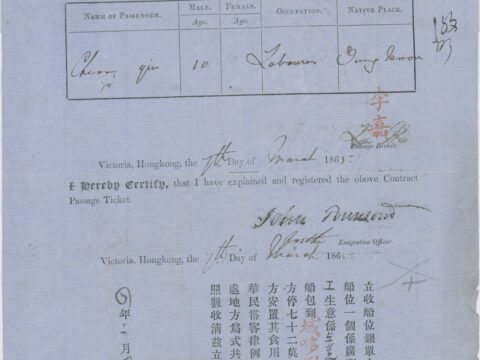
Maria Ticket
Look
The Sisters of St. Ann
Read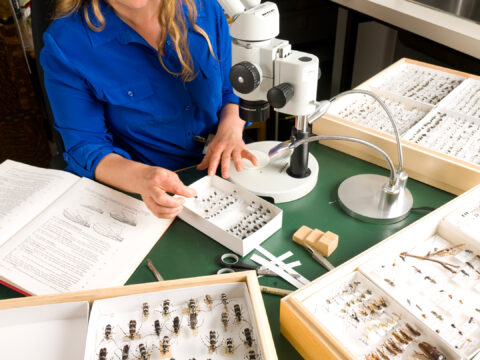
Claudia_1027
Look
Behind the Scenes: Entomology
Watch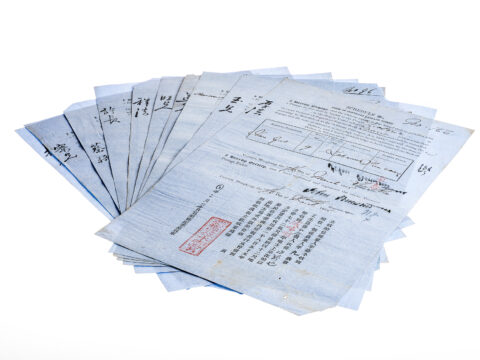
Tickets from Hong Kong to Victoria
Look
Humboldt Squid
Watch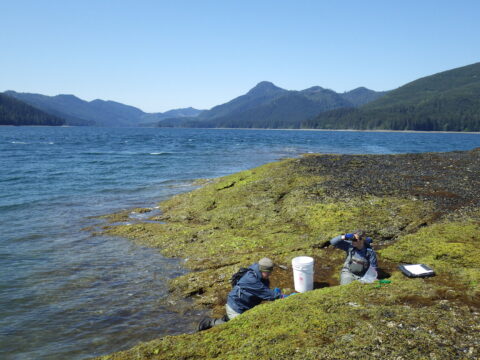
Exploring the Coastline
Look
Into the Deep
Read
Humboldt Squid
Watch
Entomology: Behind the Scenes
Watch
Fall Spider Season
Watch
Webster on This Week in History
Watch
BC Archives Webster Interview
Watch
Webster! Sophie Pierre Interview 1986
Watch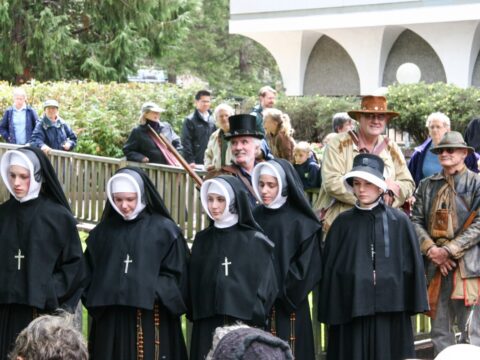
Arrival Re-enactment 2
Look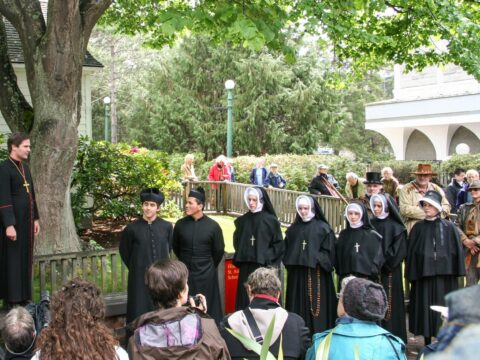
Look

TeacherGuide_ACenturyAgo
Read
St. Ann’s Schoolhouse and Helmcken House Re-Opened and Celebrated
Watch
Sisters of St Ann Archives Goes to the Royal BC Museum
Watch
The Opening of St. Ann’s Schoolhouse
Watch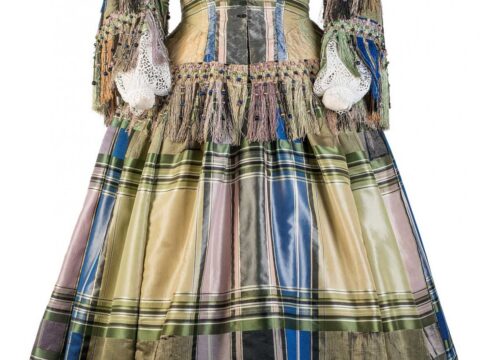
dress_watch_thumbnail-1200×1641
Look
Meet Textile Conservator Colleen Wilson
Watch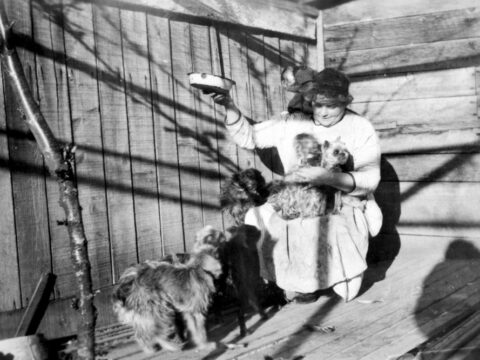
Emily with her Pets
Look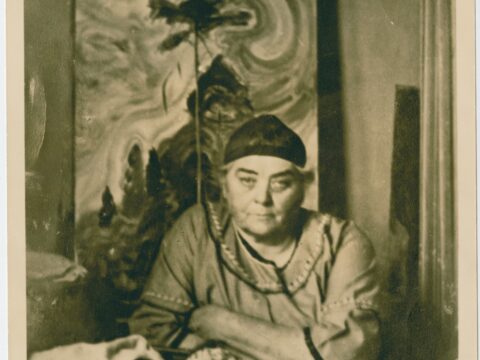
Emily Carr
Look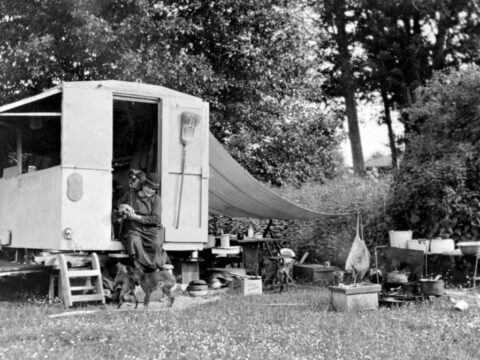
Emily in “The Elephant”
Look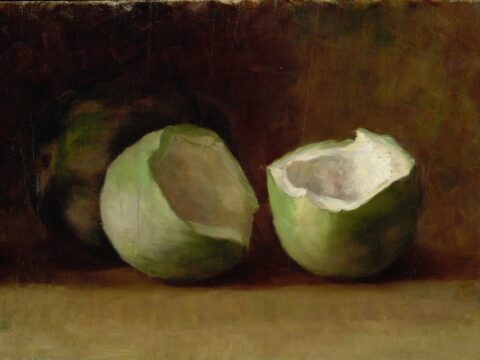
Melons
Look
Art of Emily with Kathryn Bridge
Watch
Emily Carr in Ottawa
Watch
Emily Carr’s Birthday
Watch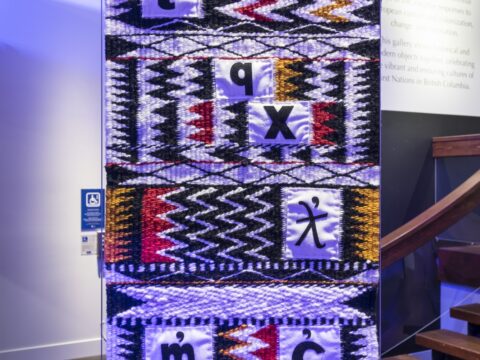
Salish Loom
Look
Language Champion: Renee Sampson
Watch
Our Living Languages
Watch
Sisters of St. Ann’s Archive Goes To RBCM – Shaw TV Victoria
Watch
A New Design
Read
Mary Gibson Henry Expeditions
Read
Dr. Erica Wheeler
Watch
Mary Gibson Henry
Watch
Dr Melissa Frey
Watch
About Grace Bell
Read
This Week In History – Josephine Hart
Watch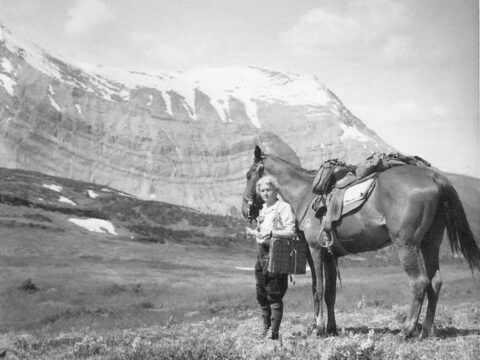
Mary Gibson Henry in BC
Look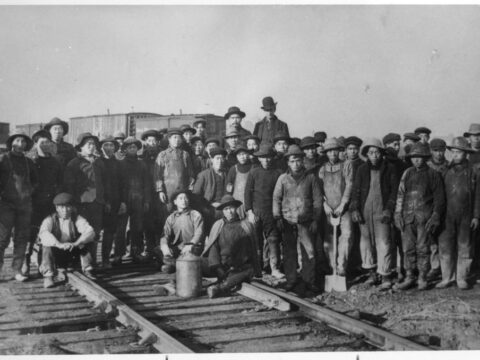
Chinese Railway Workers
Look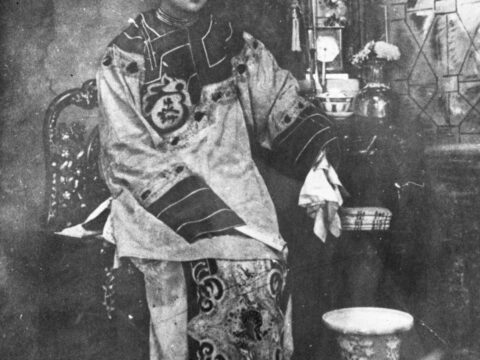
Chinese Woman
Look
Jon Joe (Chow) and Charlayne Thornton-Joe
Watch
Tradition in Felicities: Celebrating the History of Canada’s Oldest Chinatown
Watch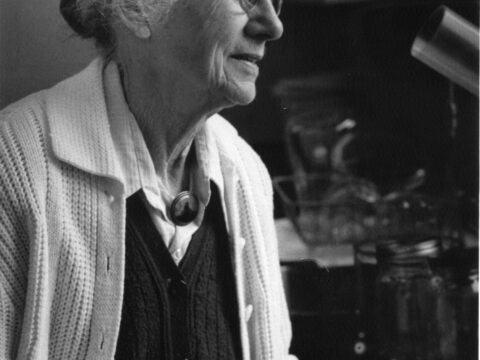
Josephine F. L. Hart Profile
Look
Dr Josephine Hart
Look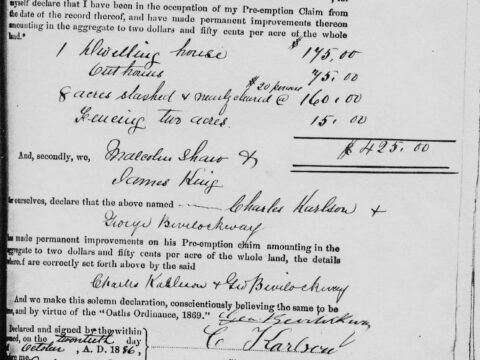
Bevilockway Pre Emption Record
Look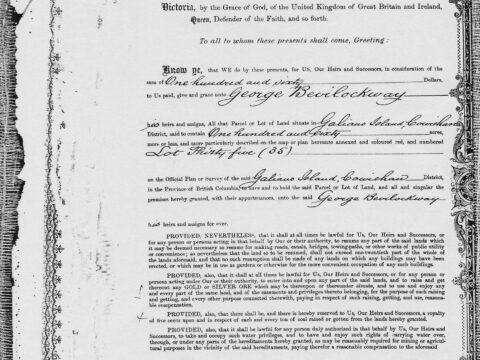
Bevilockway Crown Grant
Look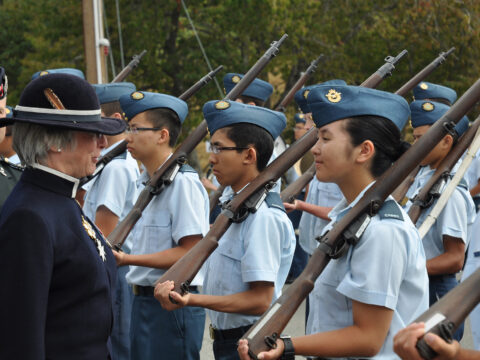
Judith Guichon
Look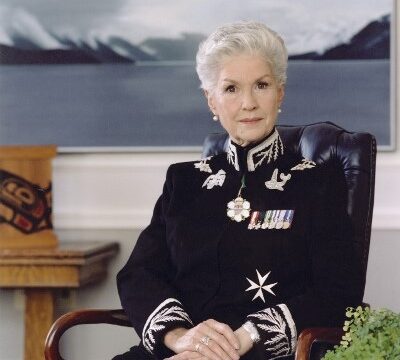
Iona Campagnolo
Look